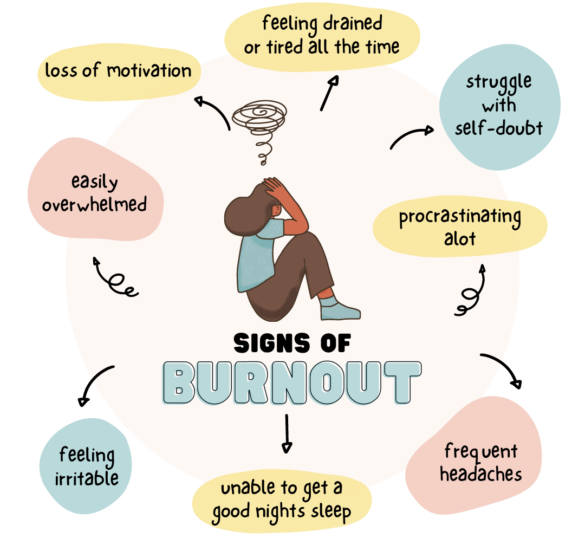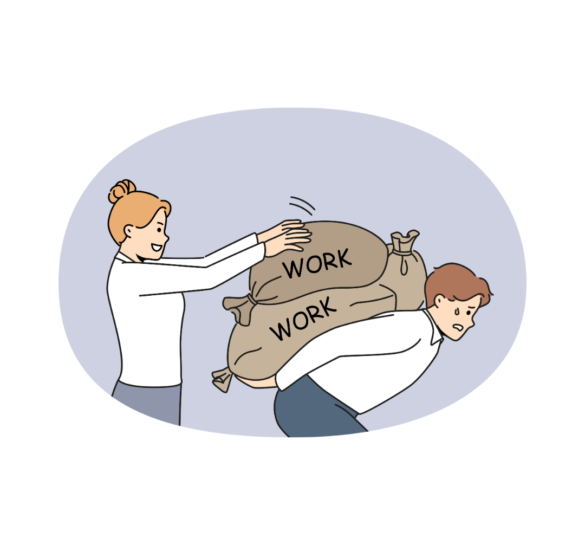What is Burnout?
Burnout is an emotional, physical, and mental state of exhaustion caused by feelings of overwhelm and heightened stress levels. Left untreated, burnout can chip away at an individual until they reach breaking point, causing them to feel unmotivated and disengaged with their work and personal life. In the workplace, it is reported that 33% of employees are less focused at work because of burnout, while 31% admit to losing interest in work and a further 21% having increased procrastination.[2] Evidently, burnout is a huge issue that needs to be addressed in the workplace to prevent the deterioration of employee health and wellbeing.















